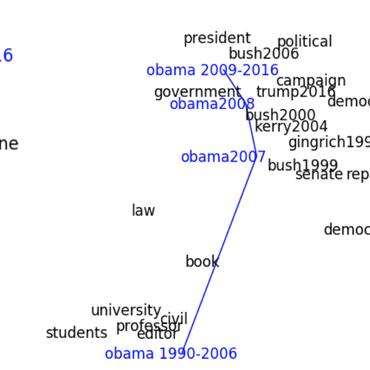A Challenge Set and Methods for Noun-Verb Ambiguity
English part-of-speech taggers regularly make egregious errors related to noun-verb ambiguity, despite having achieved 97{\%}+ accuracy on the WSJ Penn Treebank since 2002. These mistakes have been difficult to quantify and make taggers less useful to downstream tasks such as translation and text-to-speech synthesis. This paper creates a new dataset of over 30,000 naturally-occurring non-trivial examples of noun-verb ambiguity. Taggers within 1{\%} of each other when measured on the WSJ have accuracies ranging from 57{\%} to 75{\%} accuracy on this challenge set. Enhancing the strongest existing tagger with contextual word embeddings and targeted training data improves its accuracy to 89{\%}, a 14{\%} absolute (52{\%} relative) improvement. Downstream, using just this enhanced tagger yields a 28{\%} reduction in error over the prior best learned model for homograph disambiguation for textto-speech synthesis.
PDF Abstract


